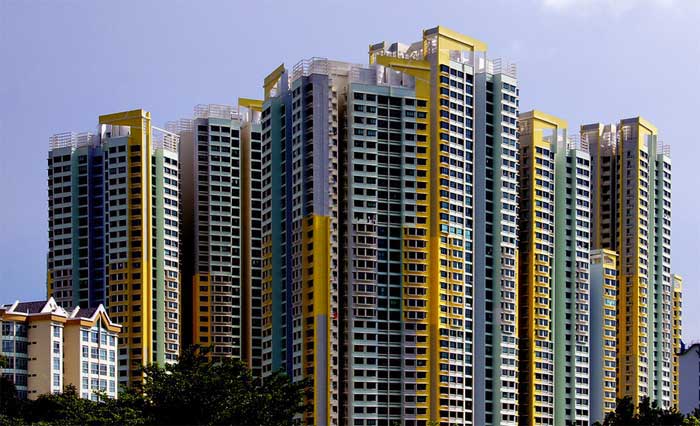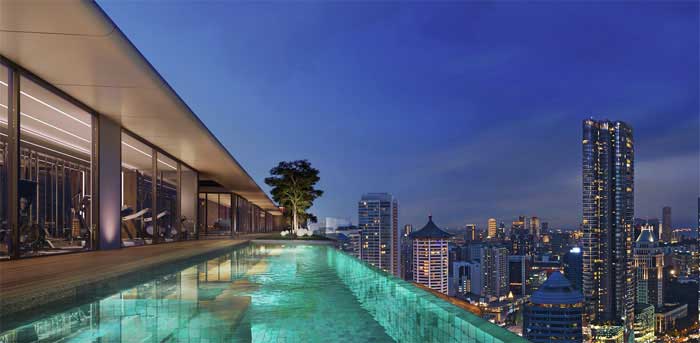In the next five years, Asia will be the number one on the laser technology and photonic market. According to Dr. Ahmad Magad and Alan Yeo, Regional Director and Managing Director of Singapore Pte Ltd, the laser and photonic market depends on the country demand, related to the amount of the manufacturing growth in it. Right now, China expected to be the biggest growth engine in Asia, and also for the rest of the world. In Shenzhen, a lot of products have been made, especially electronic products, such as computers, notebooks, and iPhones. This will affect the demand for lasers for cutting and marking. Besides Asia, there's also North America which had grown and pushed their manufacturing.
A countries group of ASEAN is the fastest growing region in Asia, but how much it will affect lasers market also depends on every country because each of them are different. Six hundred million people live in those countries, with more than half of it live in Indonesia and Vietnam. The biggest amount of a people lives in a country, the biggest products demand, the biggest manufacturing, the biggest laser demand. For now, the market in ASEAN is still low, but in the future, they are expected to be a greater market, due to the interest of investor for countries manufacturing like Malaysia, Thailand, Singapore, and Indonesia. The growth of ASEAN economic have risen the middle-class people, and the demands for high-tech products require lasers activity has improved. Singapore as the best-developed country in ASEAN can be used as a base to access new markets.
The major drivers for laser markets development are China, North America, and Germany. But due to the recession, the economy of Eurozone also getting weak, but lasers market will be stable from the demand of other countries outside the Eurozone. The growth of Asia's GDP as much as 5% in the next five years will make them a promising market.
As the big market's product, laser business has its own problem. IP protection is in need of attention. There's a lot of IP stolen in the country in which the machine was made, by the employers or the competitors. The solution is not to transfer the higher tech, more knowledge, and more IP-intensive operations to the country with the highest risk of the IP theft. In Singapore, as in Germany, Intellectual Property are being protected and respected, so there will be a very minimum risk to be stolen.
Lately, Asia's people have an increase in their economic situation, their awareness about healthcare and medication also increases. This also affects the demand for photonics and laser technologies for medication, diagnostic and treatment.
The technologies Research and Development get done in Singapore with making a research collaboration with the well-known research institutes, including German research institutes, like Max-Planck, Karlsruhe Institute of Technology, Fraunhofer Institute for Laser Technology, etc. On the ASEAN region, MARA institute of Malaysia has been collaborating to make a carbon dioxide laser. Another potential country to collaborate within research and development including Thailand and Indonesia. To introduce a new technology of laser, Singapore Pte Ltd has to make laser fair in Europe for Asia's visitors.




